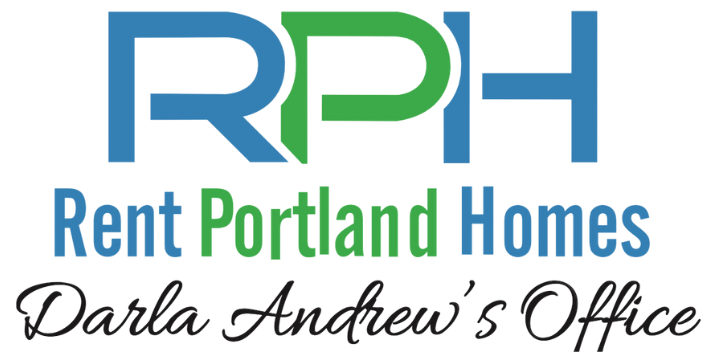One sure sign that you’re now an adult is when you actually take the advice to invest your money seriously. Bank account? Check. 401k? Check. Cryptocurrency that sounded great at first and is now drilling new ground floors every day? Check. But what about buying your first rental property?
Rental properties are a way for investors to start establishing a passive income. Passive income offers a number of benefits, including:
- Acting as a financial safety net.
- Generating cash flow.
- Diversifying a portfolio for future expenses like college tuition or retirement.
Before using your hard-earned money to purchase a rental property, it’s wise to have a plan that can minimize and mitigate risk while maximizing the potential return.
Take the First Steps
Entering the rental market means spending some time educating yourself. While you don’t have to be an expert before jumping in, a little background understanding will help you make wise decisions for this long-term investment. Time spent in research can go a long way to clarify concerns, answer questions, and tap into the right support options. Support options may include:
- Real estate lawyers for understanding the laws and regulations.
- Accountants to understand investments and budgets.
- Real estate agents for narrowing in on potential properties.
- Bank loan officers for understanding and securing financing.
- Property management companies for “on the ground” support for property needs.
Get Preapproved for a Loan
Pre-approval will help guide your purchasing decisions. Financing a rental property is a little different than getting a mortgage for a primary residence. The down payment requirement is larger, fees and interest rates are a little higher, and there are different requirements to qualify.
- Down payments are typically 20-30% of the purchase price
- A credit score of 720 or higher will get the best interest rate.
- Documents needed include tax returns, bank statements, and proof of income.
- Lenders may require six months of mortgage payments to be held in a reserve account.
- Homeowner insurance is typically higher than for the primary residence.
Narrow in on a Property
The rental market includes a wide variety of options, and each one comes with its own benefits and drawbacks. Narrowing your list of property types will help you make the best decision for your situation. Here are some details to consider when it comes to reviewing rental properties.
- Identify the type of property: Consider the different types of properties and which seem most appealing and workable for your current lifestyle and future goals. Options include apartments, single family homes, trailers, or even property for an RV.
- Research specific properties: As you decide between property types you can also begin to research specific properties you come across. Thinking like a tenant will help you envision what the property may do for your overall investment goals.
Know your Budget
Purchasing the property is just the start. Spend time crunching the numbers, including mortgage, utilities, taxes, insurance, legal coverage, etc. You don’t have to start big. A small property may be just right for testing the waters and developing confidence through experience. There is no requirement to be debt-free before purchasing a rental property, and, in fact, rental properties can help generate income to reduce overall debt. However, there can be a lot of expenditures up front, so keeping your finances in order will greatly reduce the financial strain should any unexpected expenses arise.
Analyze a Real Estate Deal
Learn to spot the difference between an expensive property and a valuable property. Zillow has a free public database that can help you estimate the value of homes in the area to get you started. You may want to start a spreadsheet (or call in your expert!) to compare and analyze the data that may include:
- Location and property info.
- Appreciation rates, other rentals and tenants in the area.
- Financial analysis and net operating income: the income after subtracting operating expenses.
- Analyze return on investment (ROI): A financial metric used to help determine how potentially profitable an investment might be. To calculate the ROI, an investor needs to know:
- Annual rental income.
- Annual operating expenses.
- Cash flow (income minus expenses).
- Downpayment and other upfront costs (i.e., repairs on the property).
- ROI = cash flow/total amount of cash invested.
The Roofstock Cloudhouse Rental Calculator is a good tool for calculating the annual income a property may generate as a rental.
- Determine capitalization rate: the rate of return based on property income. High rate = higher risk, low rate = lower risk.
- Run a comparative market analysis: estimating the value of a property by comparing it to similar ones in the area.
Take the Plunge
According to Statista, in 2019, there were 14.5 households and 44 million residents renting single-family houses in the U.S., and Urban.org predicts a 21% increase in new rental households between 2020 and 2040. While investing and operating a rental property can be a lot of hard work, the need for housing continues to grow, and rental properties are needed now more than ever. If you’ve done your research and spent the time analyzing your potential properties, you’ll feel confident in taking the plunge when the right property comes your way.
Are you eager to start in on the rental property adventure but feel like some help would make it even easier? Then, finding a trusted property manager is the way to go. A property managers help can significantly reduce a landlord’s workload and free up time for other ventures. Call or text Darla Andrew at Rent Portland Homes today at 503.515.3170 to learn more about how we provide the support you need to confidently enjoy the rental process.


Recent Comments